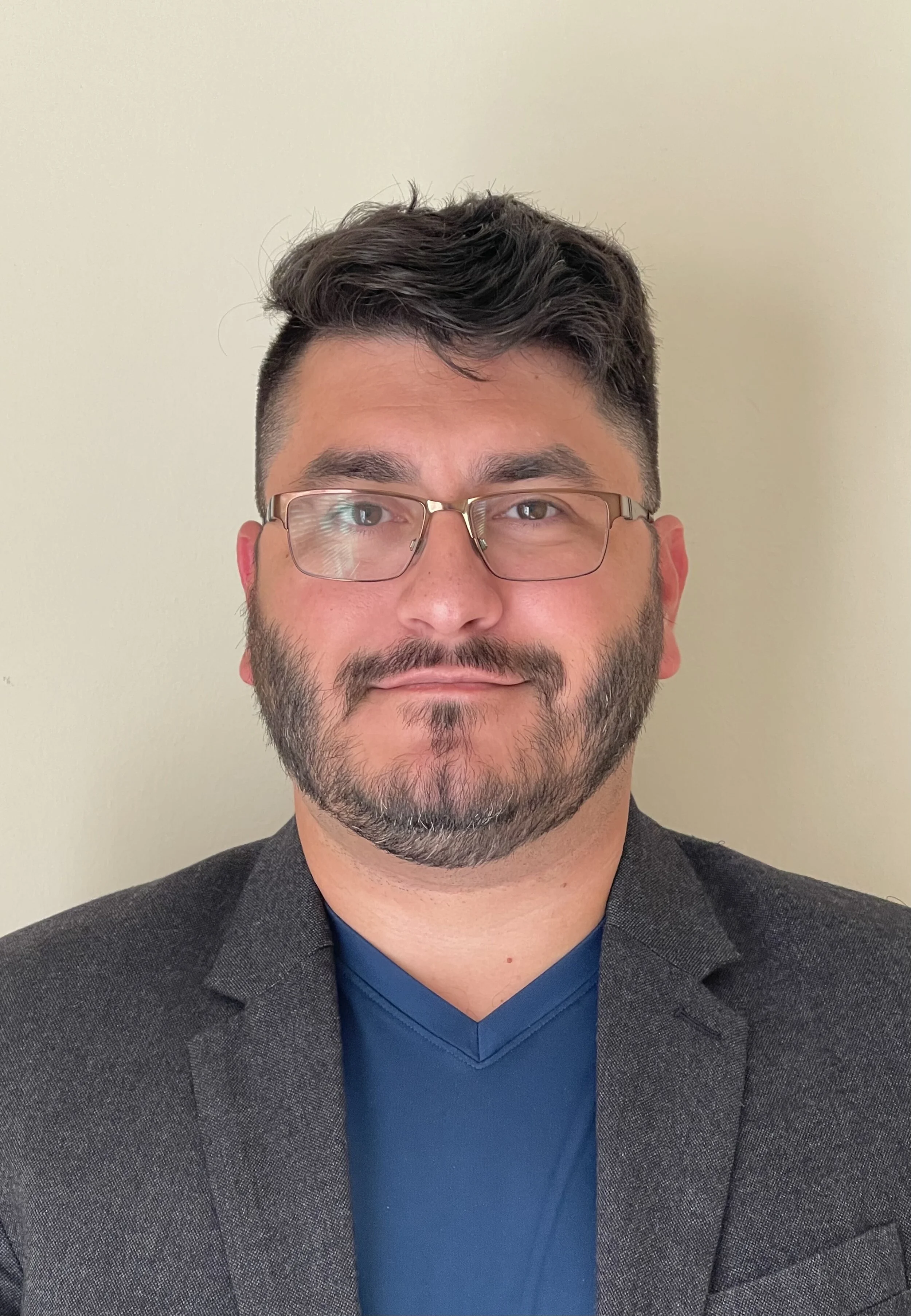James W. Dias, Ph.D.
Meet the Researcher
Dias received his doctorate in psychology from the University of California, Riverside. He completed postdoctoral training in the department of otolaryngology-head and neck surgery at the Medical University of South Carolina, where he is now an assistant professor. Dias is a 2022 Emerging Research Grants recipient generously funded by the Meringoff Family Foundation, and was renewed for a second year in 2023.
Older adults, including my grandparents, typically have difficulty understanding speech, especially in noisy or echoey listening environments, and may use their sight to compensate. My research project was developed to determine how age-related changes across the nervous system can explain how older adults are better able to use what they see to understand what they hear. I hope that understanding the underlying neurophysiology for cross-sensory compensation will provide new avenues for rehabilitation, helping people communicate effectively throughout their lifespan.
When I was a kid, I wanted to be an astrophysicist and to build the USS Enterprise! By college, my goal was to be a veterinarian. So I have always loved science, but it was not until I started working in the lab at California State University, Fresno, during my master’s that I became passionate about multisensory processing. Our experiments in audiovisual speech perception fueled my interest in how the brain takes information from across the senses to understand the world around us. I was first in my family to receive a Ph.D. I trained at the Medical University of South Carolina, developing my skills to include aging research and neuroimaging.
I hold a black belt in American Kenpo. Martial arts are themselves multisensory, incorporating what you hear and see with physical motion and proprioception. Likewise, cooking—I am a big foodie—is also multisensory. What you hear, smell, and feel can all affect what you taste and how you enjoy the experience. I love trying out new restaurants and wine-tasting. I like to challenge myself to learn new cooking skills and techniques. My family and friends have certainly reaped the benefits of this hobby.
My longer-term goal is a vibrant, independently funded research program with trainees concerned with understanding the neurophysiology that facilitates audiovisual speech processing across the lifespan. Or, if this whole science thing doesn’t work out, I’ll open a bed and breakfast with my partner!
James W. Dias, Ph.D., is generously funded by the Meringoff Family Foundation. HHF sincerely thanks them for their commitment to research on age-related hearing loss.
Click to download a PDF of Dr. Dias’s Meet the Researcher profile.
The Research
The Medical University of South Carolina
Neural determinants of age-related change in auditory-visual speech processing
Older adults typically have more difficulty than younger adults identifying the speech they hear, especially in noisy listening environments. However, some older adults demonstrate a preserved ability to identify speech that is both heard and seen. This preserved audiovisual speech perception by older adults is not explained by an improved ability to speechread (lipread), as speechreading also typically declines with age. Instead, older adults can exhibit an improved ability to integrate information available from across auditory and visual sources. This behavioral evidence is consistent with findings suggesting that the neural processing of audiovisual speech can improve with age. Despite the accumulating and intriguing evidence, the underlying changes in brain structure and function that support the preservation of audiovisual speech perception in older adults remain a critical knowledge gap. This project uses an innovative neural systems approach to determine how age-related changes in cortical structure and function, both within and between regions of the brain, can preserve audiovisual speech perception in older adults.
Long-term goal: To identify the unique contributions of sensory processing, attention, and memory to better understand how multisensory integration changes with age. A large body of literature suggests that individuals with pronounced hearing loss will recruit cross-sensory resources to compensate. This cross-sensory plasticity can manifest as more cross-sensory compensation for hearing ability or a heightened perception of information available from the intact senses. Exploiting the mechanisms that contribute to greater multisensory compensation for unisensory deficits may improve the functionality and quality of life of those with hearing loss. If we can find the cortical structures and connections between structures that facilitate a multisensory mechanism that can compensate for hearing (and vision) loss, then this mechanism can be exploited to improve the communicative abilities of older adults.
Generously funded by the Meringoff Family Foundation



